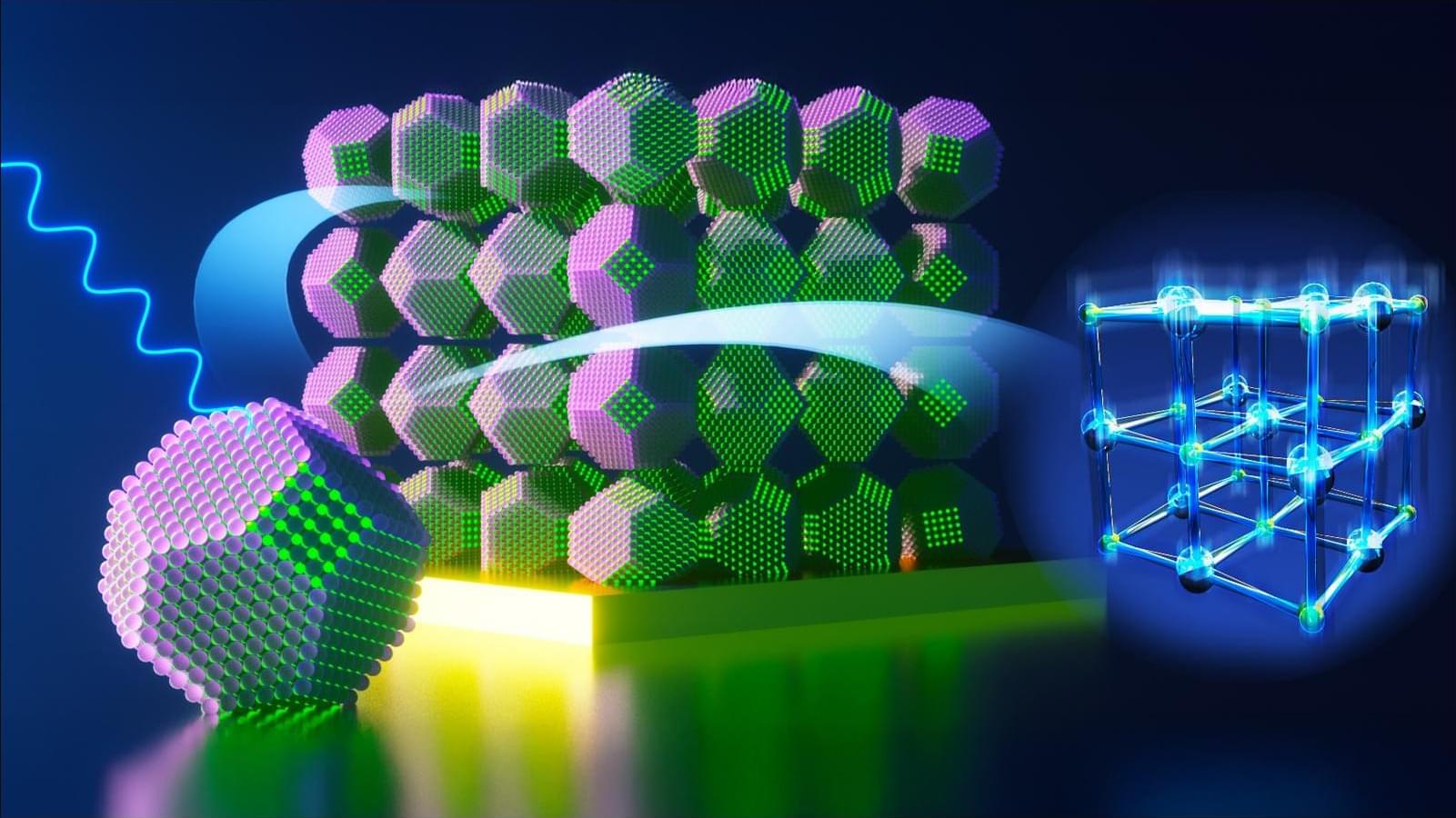More than a century before Teslas hit the road, battery-powered taxicabs zipped silently through the streets of Manhattan.


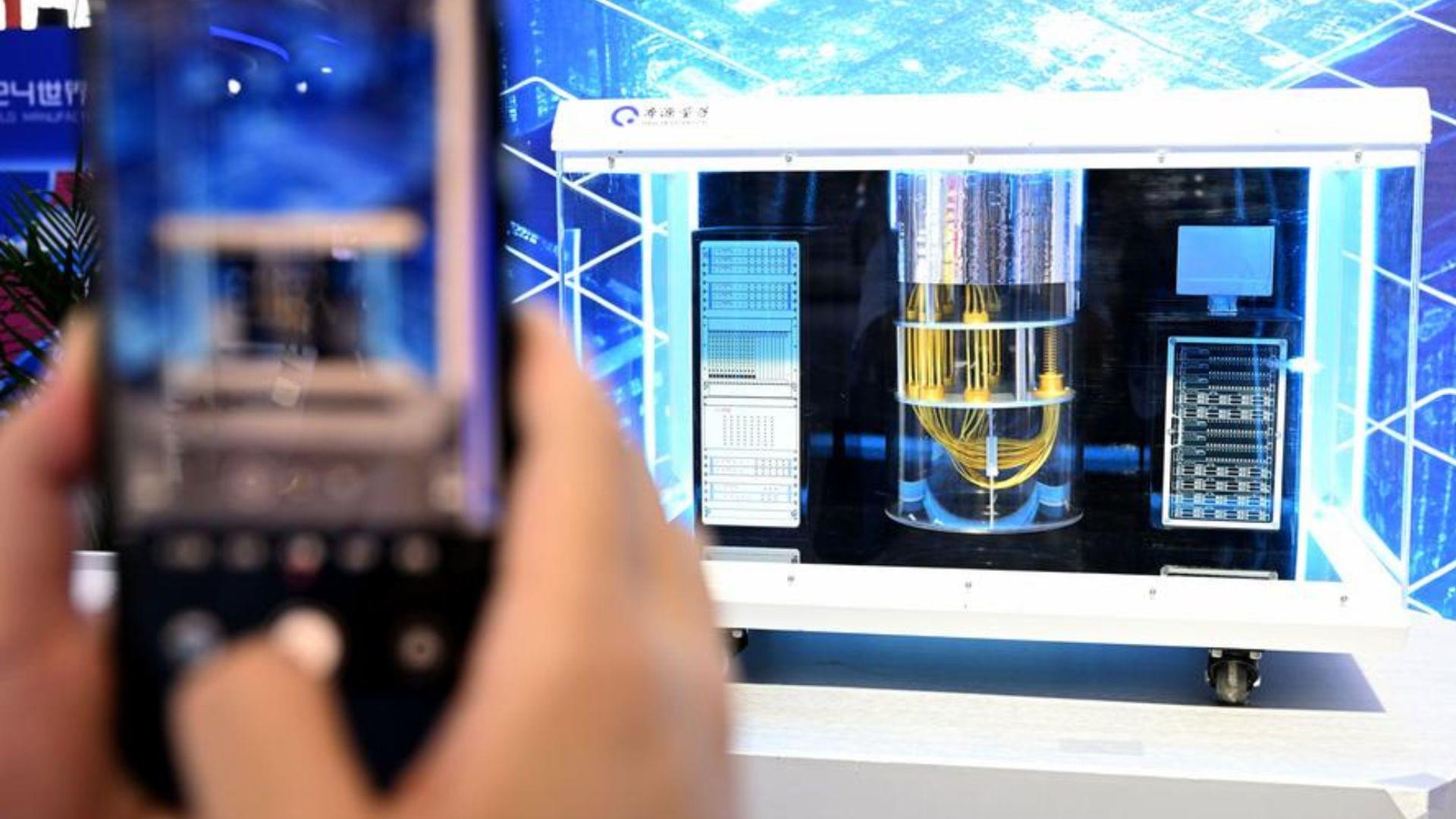
Chinese scientists recently made history after fine-tuning a billion-parameter artificial intelligence large model on their independently developed quantum computer named Origin Wukong.
According to a report by Global Times, this quantum computer is powered by Wukong, a 72-qubit superconducting quantum chip.
The experiment was conducted at the Anhui Quantum Computing Engineering Research Center, where this computer is operated.
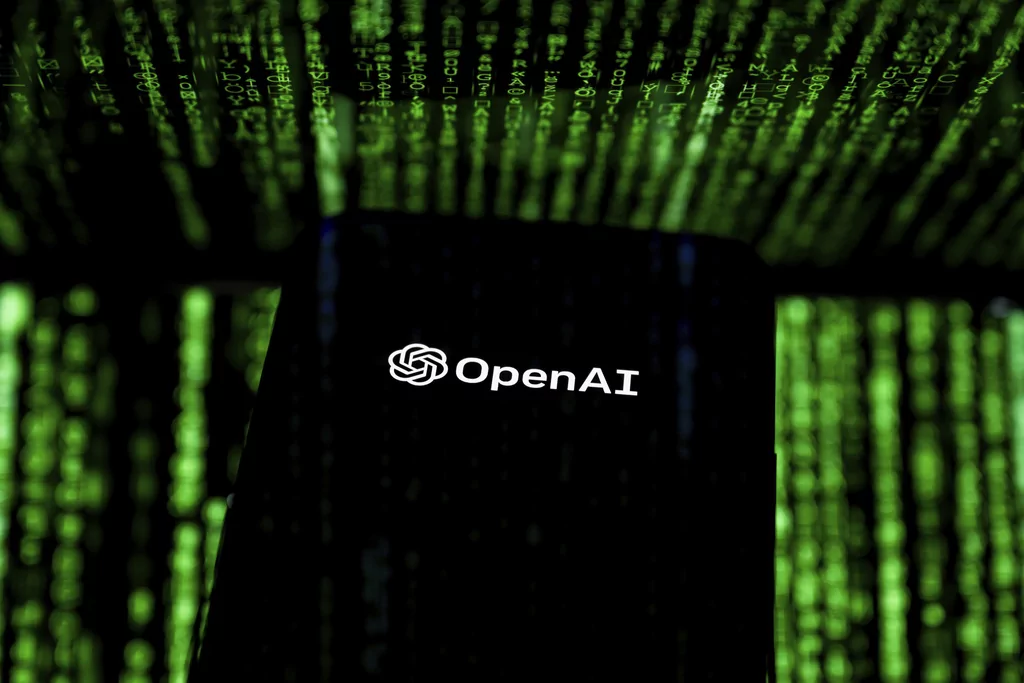
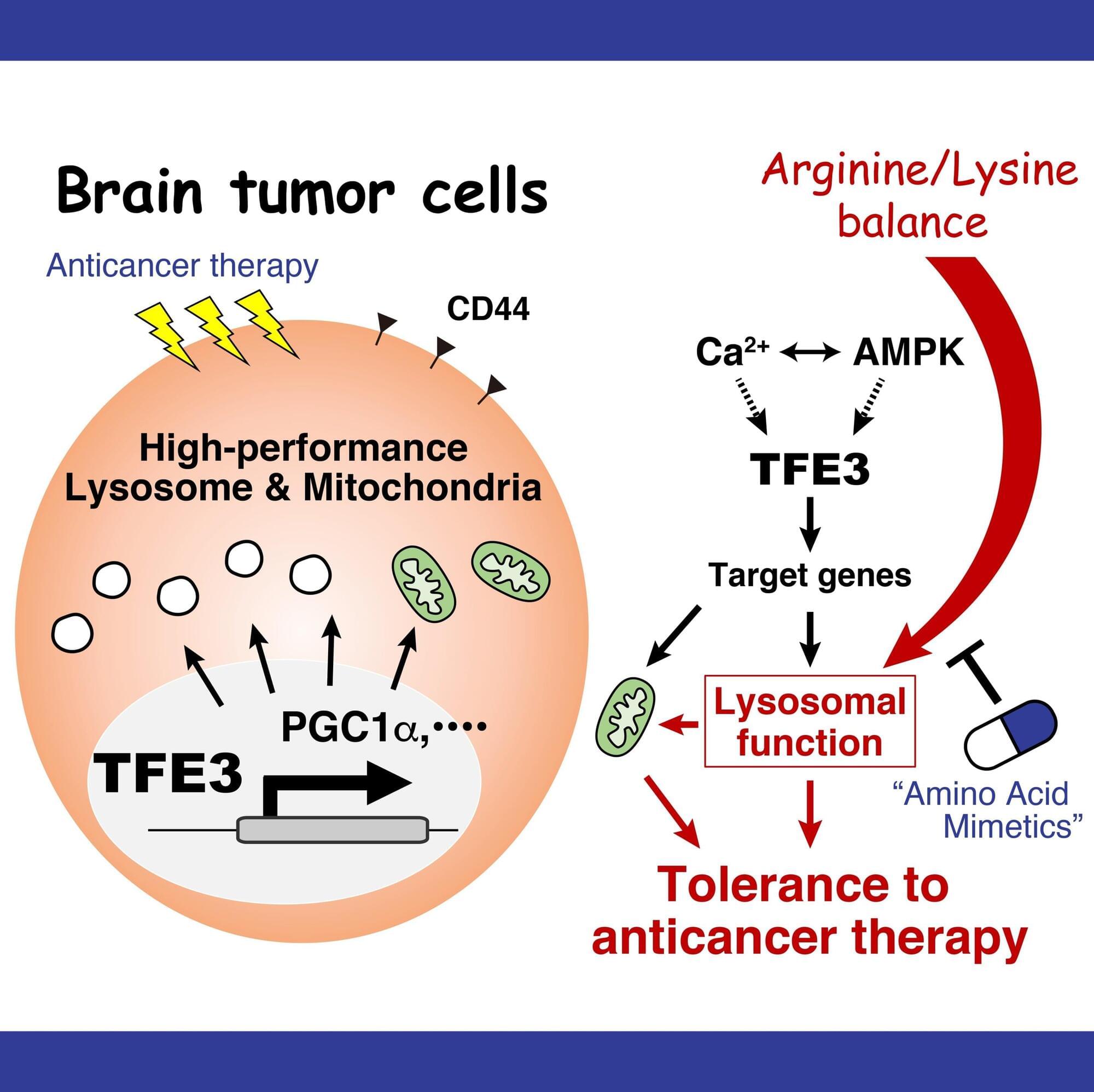
Researchers at Nano Life Science Institute (WPI-NanoLSI), Kanazawa University, report in Nature Communications on how the targeted suppression of lysosome function may lead to brain cancer therapy.
Glioblastoma is a type of brain cancer with a very poor prognosis of survival. Causes of glioblastoma are not known, and there is no method for preventing the cancer. Traditional treatment includes the drug temozolomide (TMZ). In many cases, TMZ kills glioblastoma cells, but a significant portion of patients show resistance to the drug.
Changes in the levels of metabolites—small molecules playing key roles in metabolic processes in living organisms—have been observed in TMZ-resistant glioblastoma cells, pointing to the importance of understanding and targeting metabolic pathways in the context of cancer therapy.
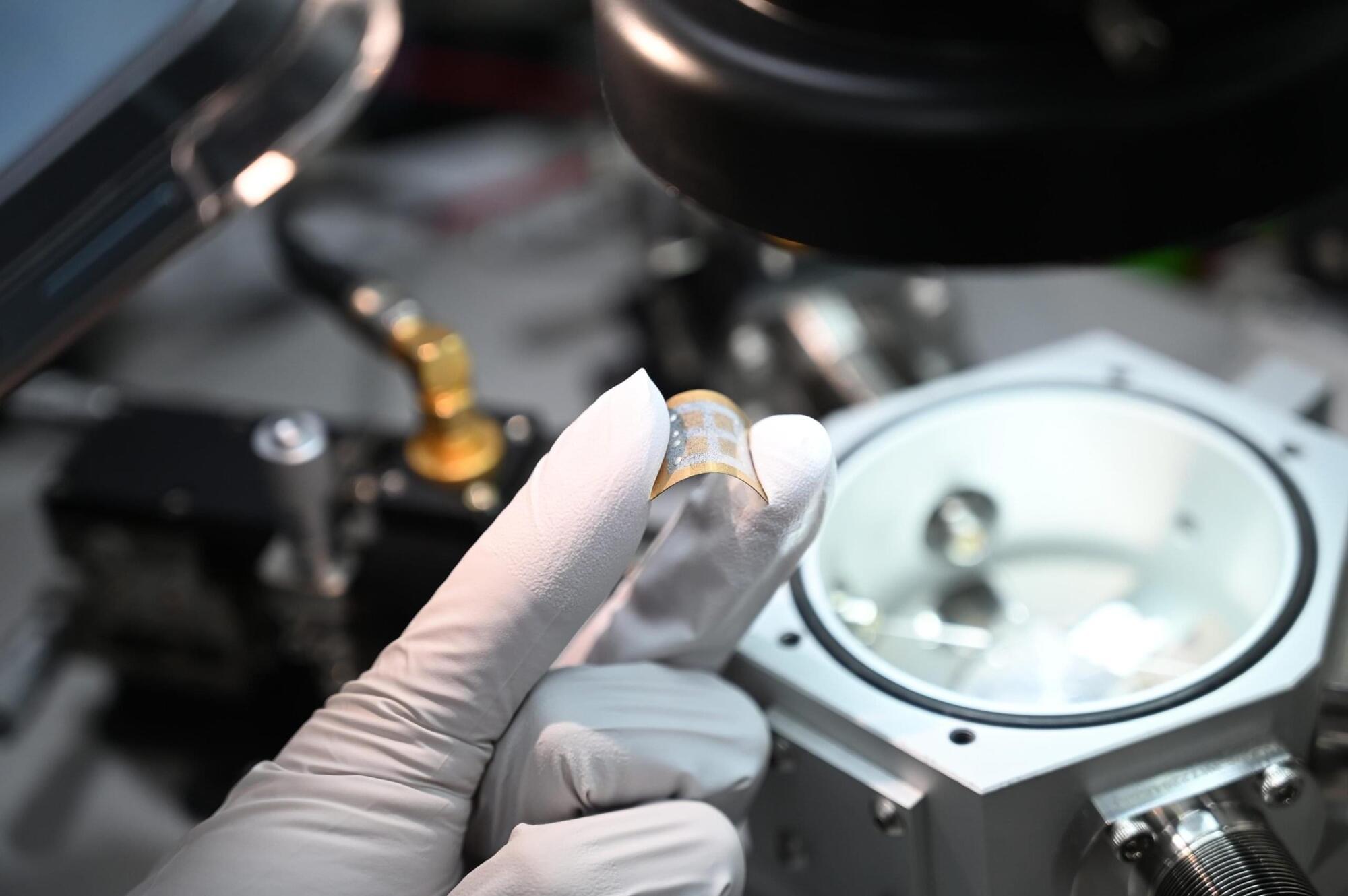

Microsoft is investigating an ongoing outage that is blocking admins worldwide from accessing the Exchange Admin Center (EAC).
The company tagged this ongoing issue as a critical service issue tracked under EX1051697 on the Microsoft 365 Admin Center, and it says that “at this time appears to be a global issue.”
Since the outage started two hours ago, affected IT administrators have reported seeing “HTTP Error 500” errors when attempting to log into the Exchange admin center portal.

Meta warned Windows users to update the WhatsApp messaging app to the latest version to patch a vulnerability that can let attackers execute malicious code on their devices.
Described as a spoofing issue and tracked as CVE-2025–30401, this security flaw can be exploited by attackers by sending maliciously crafted files with altered file types to potential targets.
Meta says the vulnerability impacted all WhatsApp versions and has been fixed with the release of WhatsApp 2.2450.6.

Google has quietly launched Firebase Studio, which is a cloud-based AI-powered integrated development environment that lets you build full-fledged apps using prompts.
Google’s Firebase Studio comes at an interesting time when Cursor AI is storming the “vibe coding” trend.
Cursor AI, reportedly valued at $10 billion, is an AI-powered integrated development environment that integrates AI features directly into the coding environment, so you can vibe code your app without programming knowledge.
